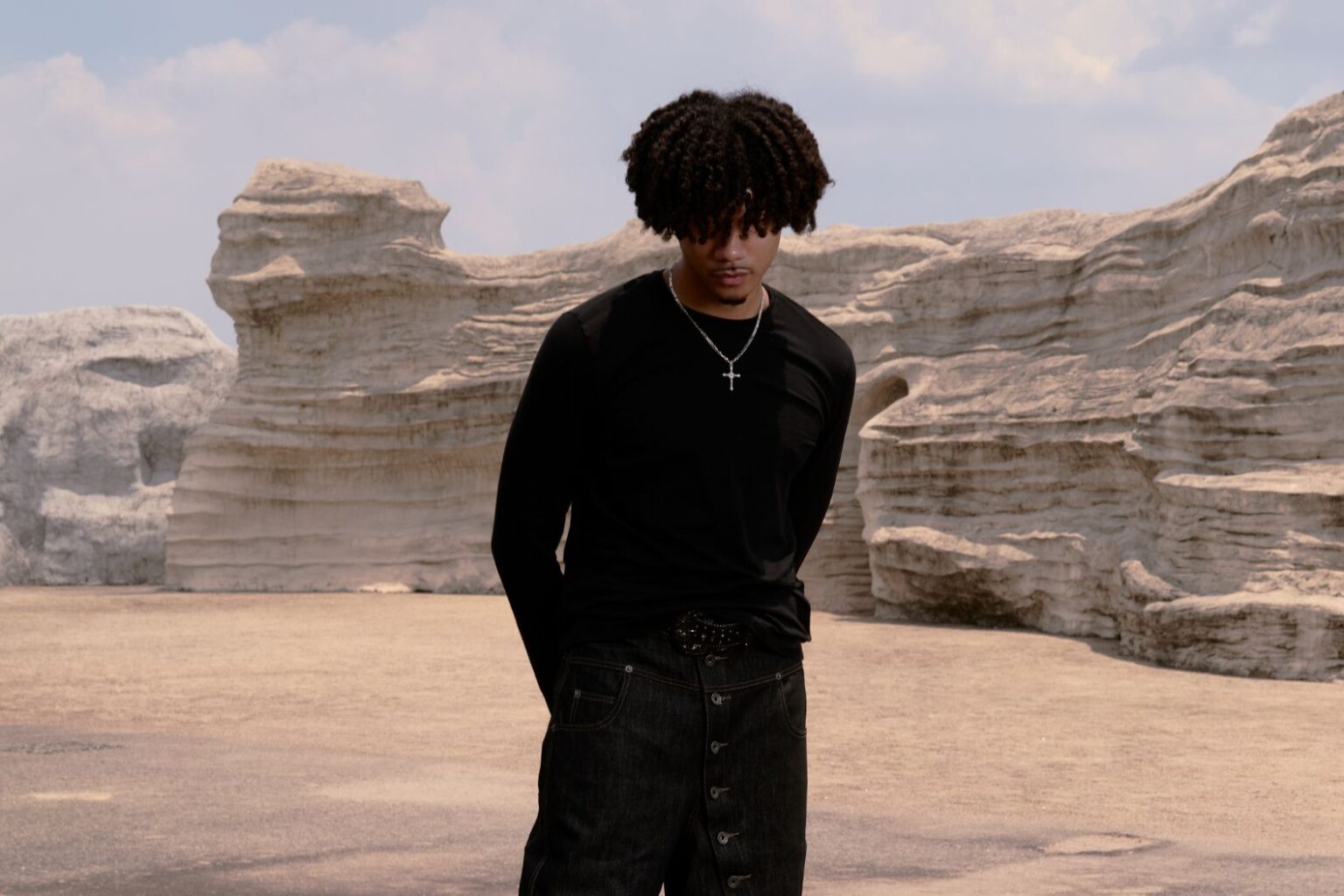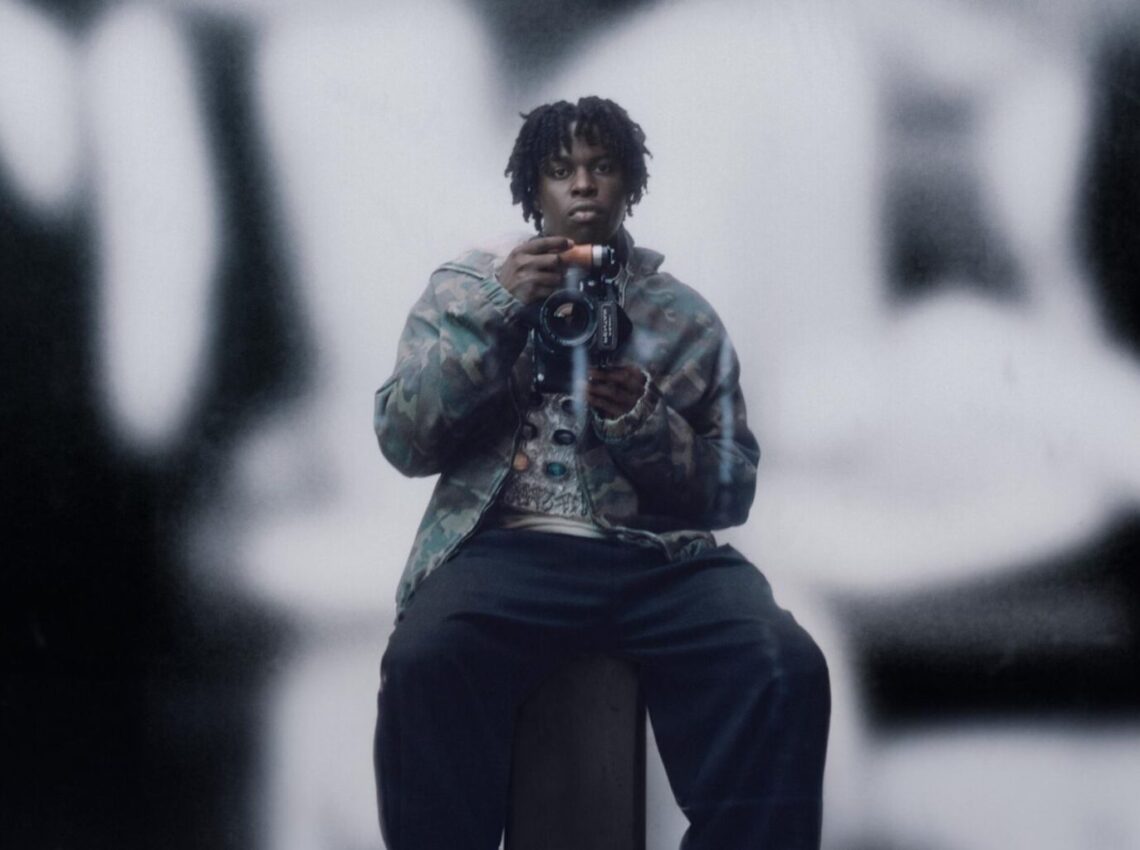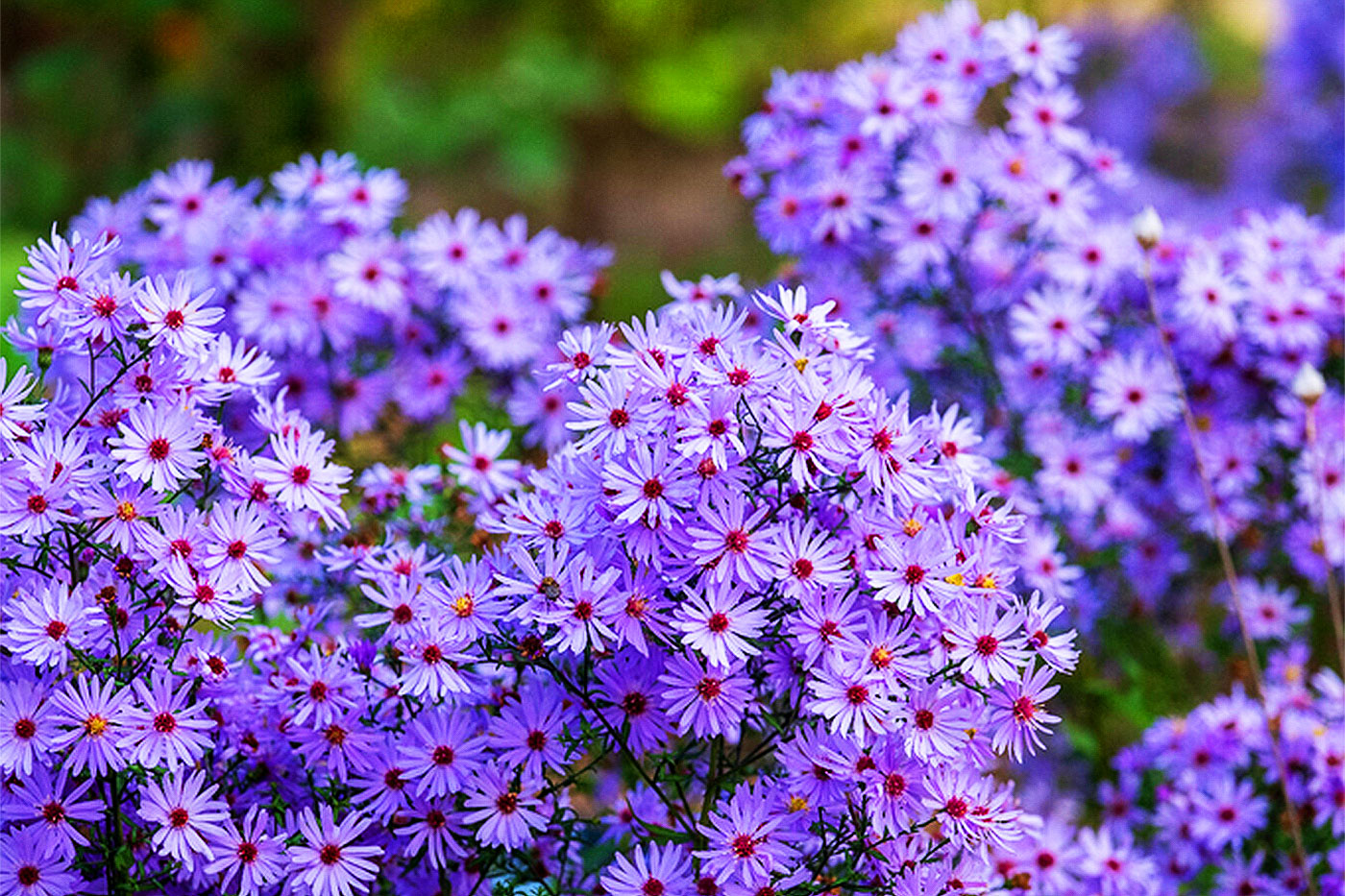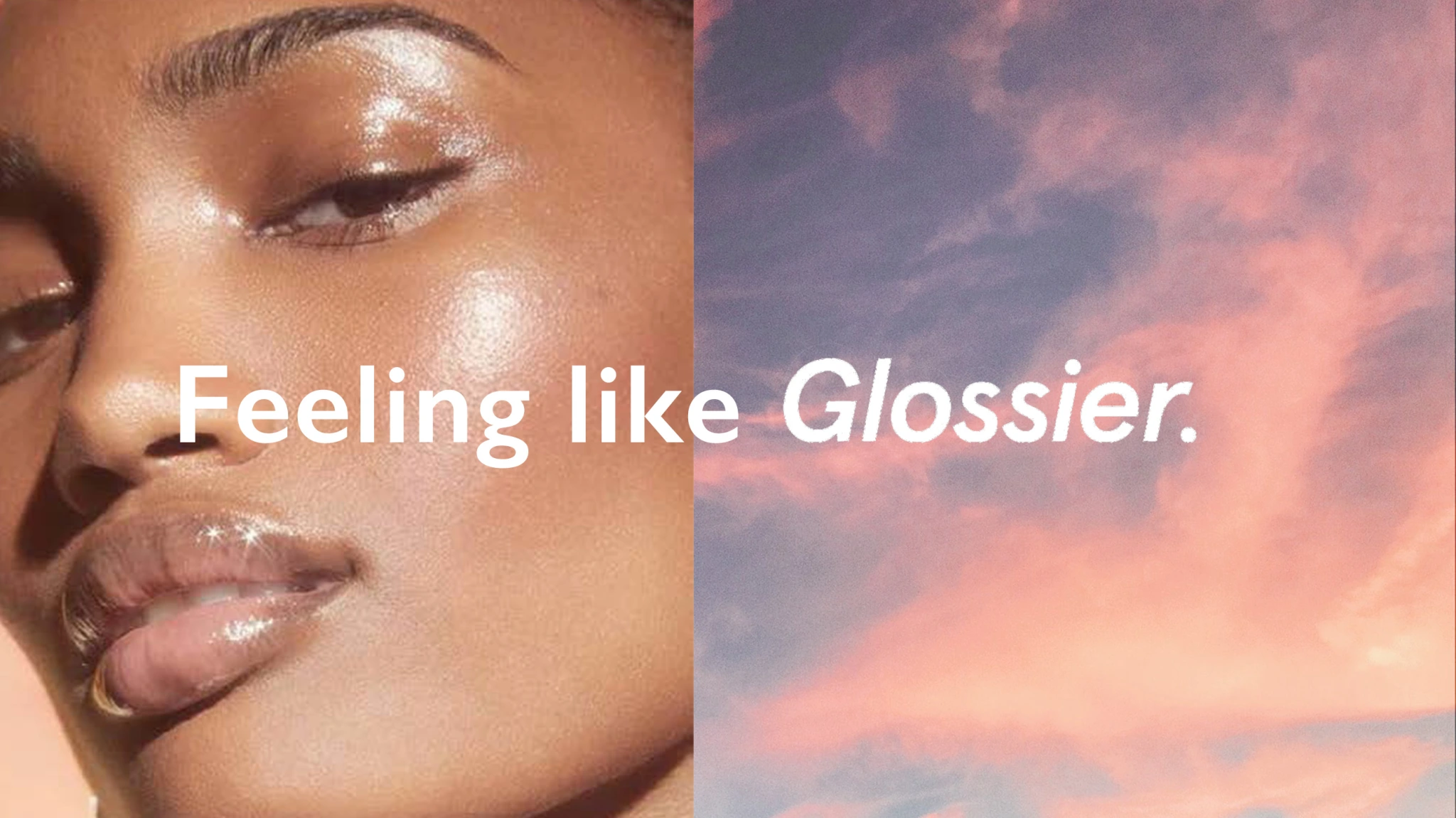The Business of R&B: How Streaming Shapes Today’s Soul
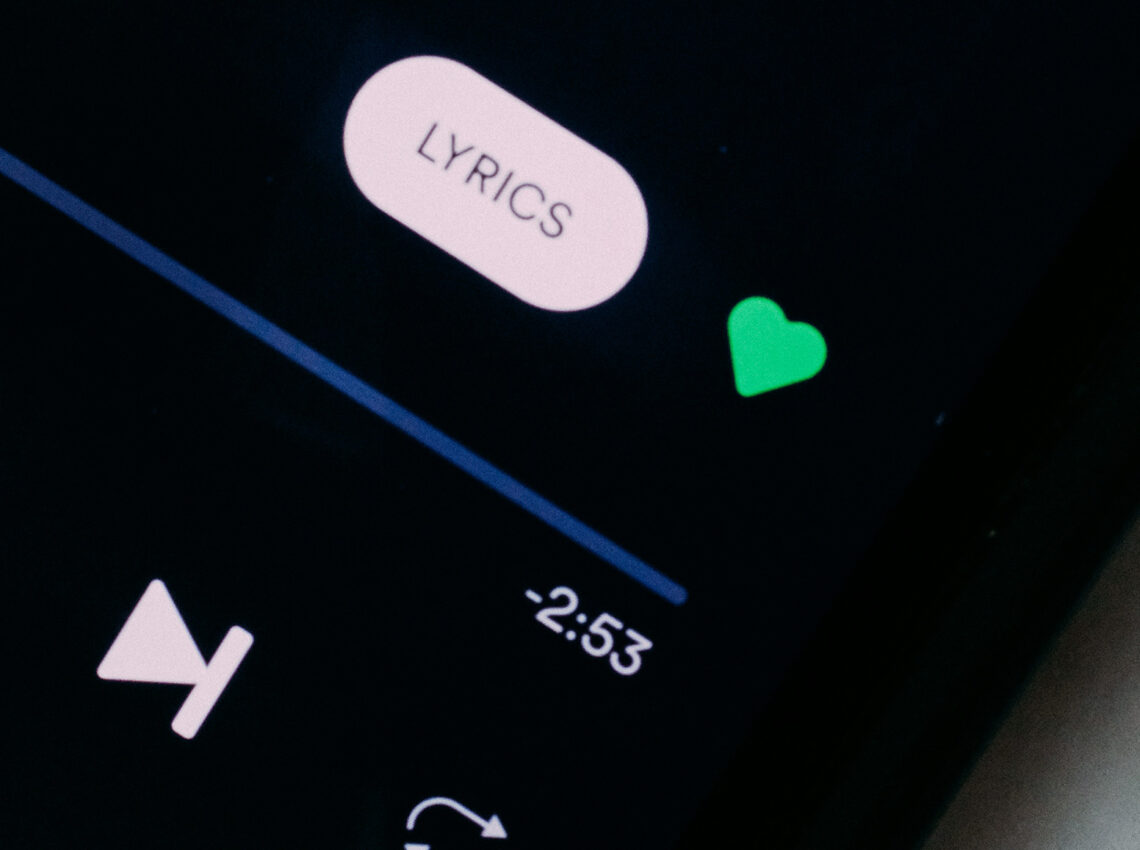
There’s a song playing. Not loudly, but constantly in bedrooms, cars, midnight headphones. It’s soft enough to miss, but it lingers. A voice half-whispered, a drum loop barely touched, a harmony layered under algorithm. In 2025, this is where R&B lives, not on radio waves or liner notes, but in streams. It flows now, digitized and infinite. And somewhere in that current, soul music is learning how to breathe again. In the 90s, an R&B artist might have sold a platinum record and headlined a tour by spring. Today, the same artist may have 3 million monthly Spotify listeners, a viral TikTok chorus, and… a royalty check that barely covers production costs. This is the paradox of soul in the streaming era: widely heard, scarcely paid.
From Slow Burn to Fast Scroll
R&B was never designed for the algorithm. Its nature is patience, bridges, breakdowns, lyrics that take their time. But streaming culture is addicted to the hook. Songs are now optimized to hit within the first 10 seconds. Attention spans compress, intros vanish. Even classic slow jams would struggle under today’s skip-happy metrics. And yet R&B persists. Artists like SZA, Brent Faiyaz, Victoria Monét, and Giveon and more bend the format, making Spotify-friendly structures feel like diary entries. Streaming gives them freedom to self-release, to own masters, to bypass major labels entirely. Faiyaz’s WASTELAND dropped without traditional rollout and still topped Apple and Spotify charts, earning 220 million global streams in three weeks.
But monetization lags. According to a 2025 MusicWatch report, artists on average earn $0.003–$0.005 per stream. That means 1 million plays = $3,000 to $5,000, split between labels, distributors, producers, and co-writers. For independent R&B acts, streaming alone is a visibility tool — not a livelihood.
The Playlist as Gatekeeper
Playlists like “R&B Weekly,” “Are & Be,” and “Chilled R&B” now shape listener behavior more than radio ever did. A placement can spike streams overnight. A missed slot can bury a song for months. As platforms shift from curation to automation, the new gatekeeper isn’t a tastemaker, it’s a backend algorithm written to optimize completion rate. To cope, many R&B artists blend genres: alt-R&B, trap-soul, ambient soul. Not to dilute, but to survive. The algorithm favors edges, so artists are finding ways to blur them. Think of artists like Tyla or Nao, who flirt with Afrobeats or electronic textures, creating hybrid experiences that move with the scroll.
Owning the Garden
Still, there is empowerment in the numbers. R&B artists who understand their data, who their listeners are, when they listen, which city streams most, now use that intel to build brand empires. Snoh Aalegra’s luxury-forward visuals, Chlöe’s viral campaigns, Daniel Caesar’s surprise drops, all reflect a shift in how artists are cultivating soul in the digital space.
Ownership has become the new battle cry. Platforms like Bandcamp, Audiomack, and even TikTok SoundOn offer higher payouts and more creative control. Some artists are turning to direct-to-fan models, selling exclusive EPs, live session videos, or even private Discord listening parties. The intimacy R&B was always known for? Now it’s monetized.
Streaming may have dismembered the traditional album cycle, but it has also allowed young Black artists to bypass gatekeeping entirely. The business of R&B in 2025 is less about mass distribution and more about niche connection. Smaller audiences, deeper impact.
Soul, Still
So where does this leave soul music? Quietly thriving in corners. Shared in DMs. Found on curated playlists, yes, but also rediscovered in voice notes, concert footage, slowed-and-reverb remixes. In 2025, soul doesn’t shout. It murmurs. But it still means everything. Streaming has made R&B more accessible than ever, while also asking it to be less patient, less lyrical, less Black. And yet, the soul remains. It bends, not breaks. Like water.




